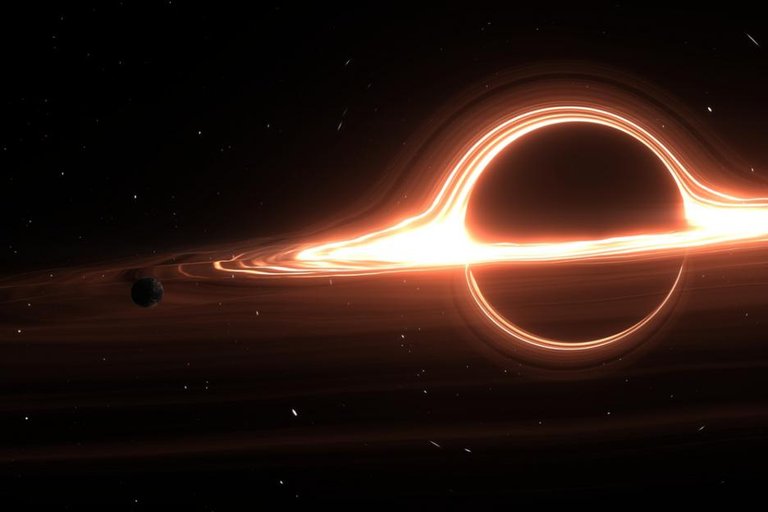 LcWYlK
LcWYlK
We have seen super massive black holes in the center of galaxies that tear huge stars in pieces. We have trapped energy waves of super-small black holes that merge and create oscillating space-time billions of light-years from us. But what happens to the medium-sized black holes that are between these extremes?
Scientists are looking for similar sites and present more and more convincing evidence of mass black holes, according to the Gizmoo Technology and Science site. Researchers have noticed a bright explosion that has decomposed for 10 years on the outskirts of the galaxy. Its mass is about 10,000 times the mass of our Sun.
"We can say that we are lucky to find this source (of radiation)," said Daechon Lynn, Assistant Professor at the University of New Hampshire.
The team of scientists identified a source of radiation called 3XMM J215022.4-055108 with the XMM-Newton Space Telescope in 2006 and then with Cassandra in 2009. The source was also detected in 2014 and 2016 ., but much less. This is stated in the documents published in the journal "Nature Astronomy". The source is 800 million light-years away.
These mass-black black holes are difficult to detect, mainly because they are thought to be formed by star clusters outside the galactic centers. Scientists basically detect black holes based on the fact that there are otherwise unexplained ruptures of nearby objects and a disk of light-emitting gas is created. The black holes, which are far away from the galactic centers, may have no gas to suck up to create this release disk. But when a star is swallowed up by such a black hole, something like lightning comes out. Or at least so it seems after all data is collected and processed.
Professor Priya Natarajan of Yale University said: "These extremely bright but short-lived glimmers may be the way we can detect such black holes." Prof. Natarajan has not participated in the study but is excited because it is "a demonstration of where we might want to look at and how we can find this dormant population" of medium-sized black holes.
This is not the first candidate for an average black hole. Last year scientists said they had proof that the center of another galaxy might have such black holes. But at this point, the team at New Hampshire University seems to have discovered the most convincing candidate.
Source
Direct translation without giving credit to the original author is Plagiarism.
Repeated plagiarism is considered spam. Spam is discouraged by the community and may result in action from the cheetah bot.
More information on Image Plagiarism
If you believe this comment is in error, please contact us in #disputes on Discord
Please note that direct translations including attribution or source with no original content is also considered spam.
Congratulations @zvezdovica! You have completed the following achievement on the Steem blockchain and have been rewarded with new badge(s) :
Click here to view your Board of Honor
If you no longer want to receive notifications, reply to this comment with the word
STOPTo support your work, I also upvoted your post!
Do not miss the last post from @steemitboard:
Congratulations @zvezdovica! You received a personal award!
Click here to view your Board
Congratulations @zvezdovica! You received a personal award!
Thank you for taking part in the early access of Drugwars.
You can view your badges on your Steem Board and compare to others on the Steem Ranking
Do not miss the last post from @steemitboard:
Vote for @Steemitboard as a witness to get one more award and increased upvotes!
Congratulations @zvezdovica! You received a personal award!
You can view your badges on your Steem Board and compare to others on the Steem Ranking
Vote for @Steemitboard as a witness to get one more award and increased upvotes!